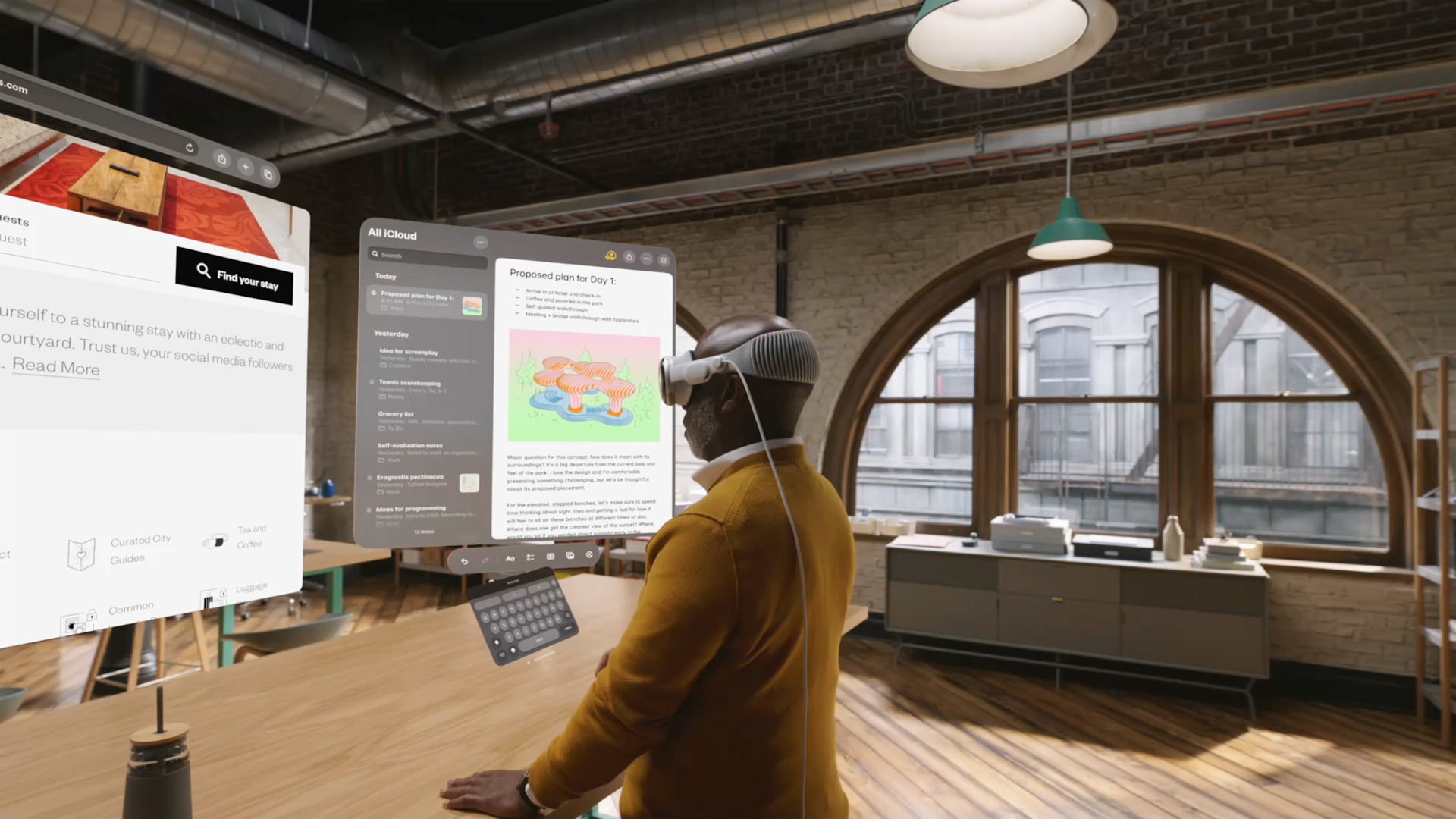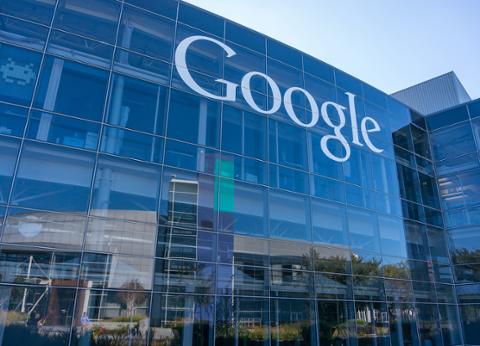Will Apple’s Vision Pro headset open a massive market for virtual reality (VR) apps, or will it cater mostly to a niche market of gamers and enthusiasts? However things turn out, many developers are no doubt interested in visionOS, the Vision Pro’s operating system—and now they’ll have the opportunity to build apps and services for it.
Apple has rolled out the VisionOS SDK. The company also plans on opening “developer labs” in Cupertino, London, Munich, Shanghai, Singapore, and Tokyo where developers will have the opportunity to play around with the headset and associated hardware; Apple’s website will offer more information about those labs in July.
Apple is positioning the Vision Pro as a “spatial computing” device, and anyone building apps for it will need to take 3D into account. “You really have to go back to those first principles: What will feel native and natural on visionOS, and within a person’s world,” game creator Ryan McLeod is quoted as saying in an interview about Vision Pro app development on Apple’s website. “What will people expect—and what won’t they? How can you exist comfortably like that, and then tweak their expectations to create a puzzle, surprise, and satisfaction?”
Documentation for VisionOS includes:
As we’ve broken down before, developers interested in the platform will need to master the following:
- Windows: Based on Apple’s public demo, the Vision Pro’s interface emphasizes interactive windows floating in space. Developers will build these “windows” for their apps via SwiftUI and intrgrate 3D elements.
- Spaces: The Vision Pro features “Shared Space,” where apps/windows float side-by-side, as well as “Full Space,” in which one app dominates the user’s view. The best analogy is probably running multiple apps in small windows on your desktop versus using a single app in full-screen view.
- Volume: Volumes, also constructed via SwiftUI, are scenes “that can showcase 3D content using RealityKit or Unity, creating experiences that are viewable from any angle in the Shared Space or an app’s Full Space,” according to Apple.
Apple developers interested in 3D should also learn ARKit (the company’s augmented-reality toolkit), Unity’s developer tools, Apple’s Xcode app-building toolkit (including Reality Composer Pro), and the Swift and Objective-C programming languages. Although the Vision Pro will cost an eye-watering $3,500, Apple may develop future headsets at a lower cost—and when that happens, it could open up the market for all kinds of “mixed reality apps.” Familiarizing yourself with this latest SDK now could help you take advantage of opportunities in the future.



